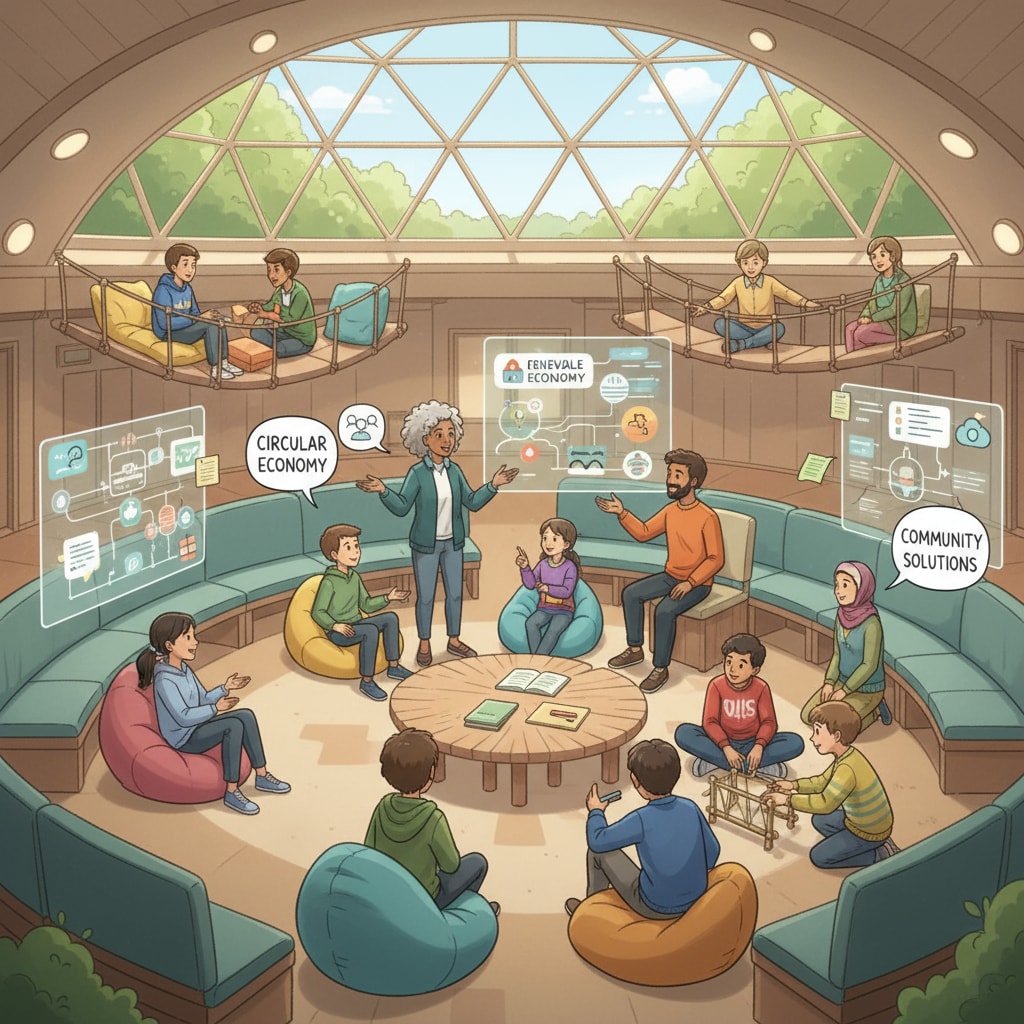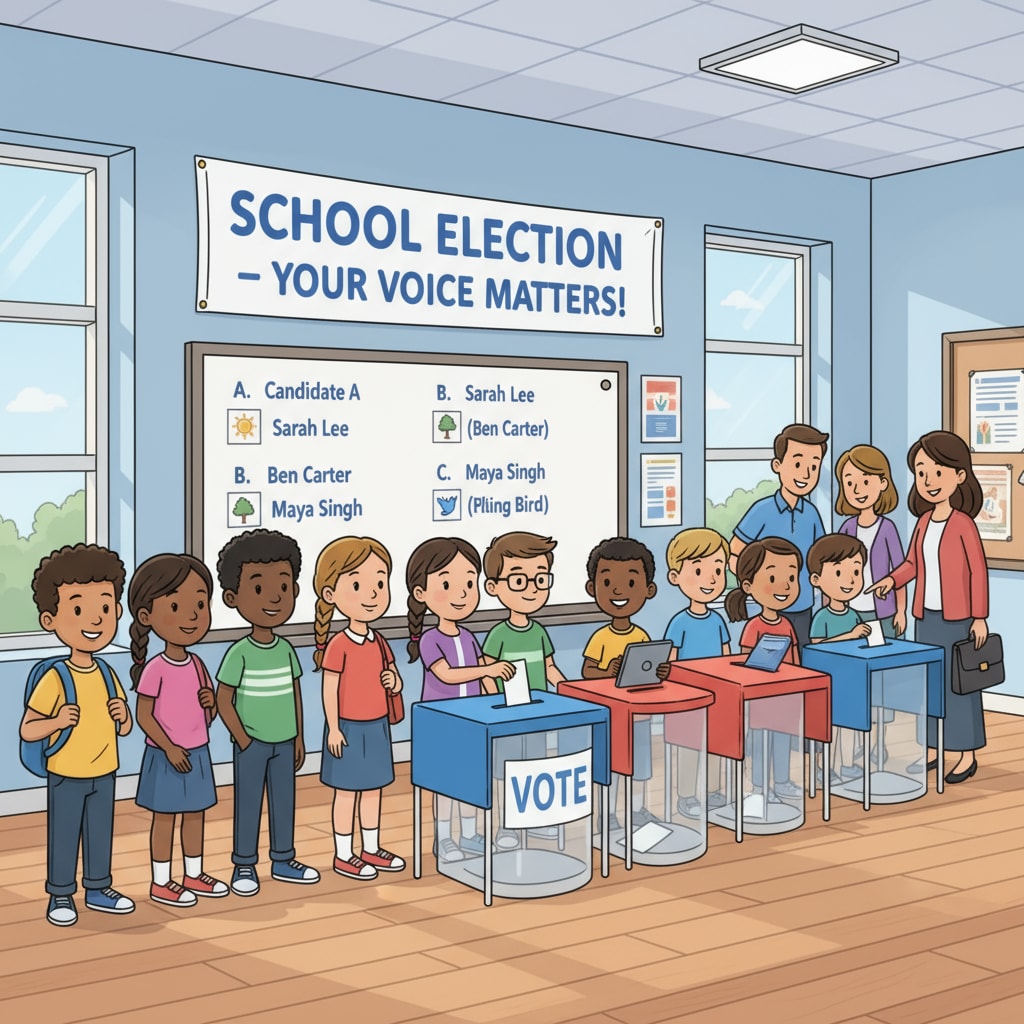Non – traditional schools, leadership structures, and democratic schools are at the forefront of educational innovation. In a world where traditional educational models often follow a hierarchical leadership structure, there is a growing movement to explore alternative approaches. This article will take you on a journey to discover schools in Australia, the UK, and the US that are breaking the mold and redefining educational leadership.
The Concept of Non – Traditional Leadership in Schools
Traditional school leadership typically involves a top – down approach, with principals holding most of the decision – making power. However, non – traditional leadership structures challenge this norm. In these schools, leadership is more decentralized, with power shared among various stakeholders. For example, teachers, students, and parents may all have a say in school policies and decisions. This shared leadership model encourages collaboration and innovation, as different perspectives are brought to the table. According to Educational leadership on Wikipedia, non – traditional leadership in schools can lead to a more inclusive and dynamic learning environment.

Democratic Schools: A Prime Example of Non – Traditional Leadership
Democratic schools are a prime example of non – traditional leadership structures. In these schools, students are actively involved in the governance process. They have the right to vote on school rules, curriculum choices, and even hiring decisions. This level of student participation not only gives them a sense of ownership but also helps them develop important skills such as critical thinking and responsibility. For instance, in some democratic schools in the US, students sit on the school council and contribute to major decisions. As stated on Education on Britannica, democratic schools aim to create a community where everyone’s voice is heard.

These democratic schools in different countries also vary in their approaches. In Australia, some schools focus on a more holistic approach to education, combining academic learning with life skills and personal development. The leadership structure in these schools emphasizes the well – being of every student and teacher. In the UK, democratic schools often have a strong focus on social justice and equality. The shared leadership model ensures that all voices, especially those from disadvantaged backgrounds, are included in the decision – making process.
In conclusion, non – traditional schools, leadership structures, and democratic schools offer a fresh perspective on education. By exploring these innovative models, educators can find inspiration to transform their own educational institutions. These alternative leadership structures have the potential to create more engaging, inclusive, and effective learning environments for students around the world.
Readability guidance: Short paragraphs and lists have been used to summarize key points. Each H2 section provides relevant information in a clear manner. The passive voice and long sentences have been kept to a minimum, and transition words have been used throughout the text to enhance readability.


